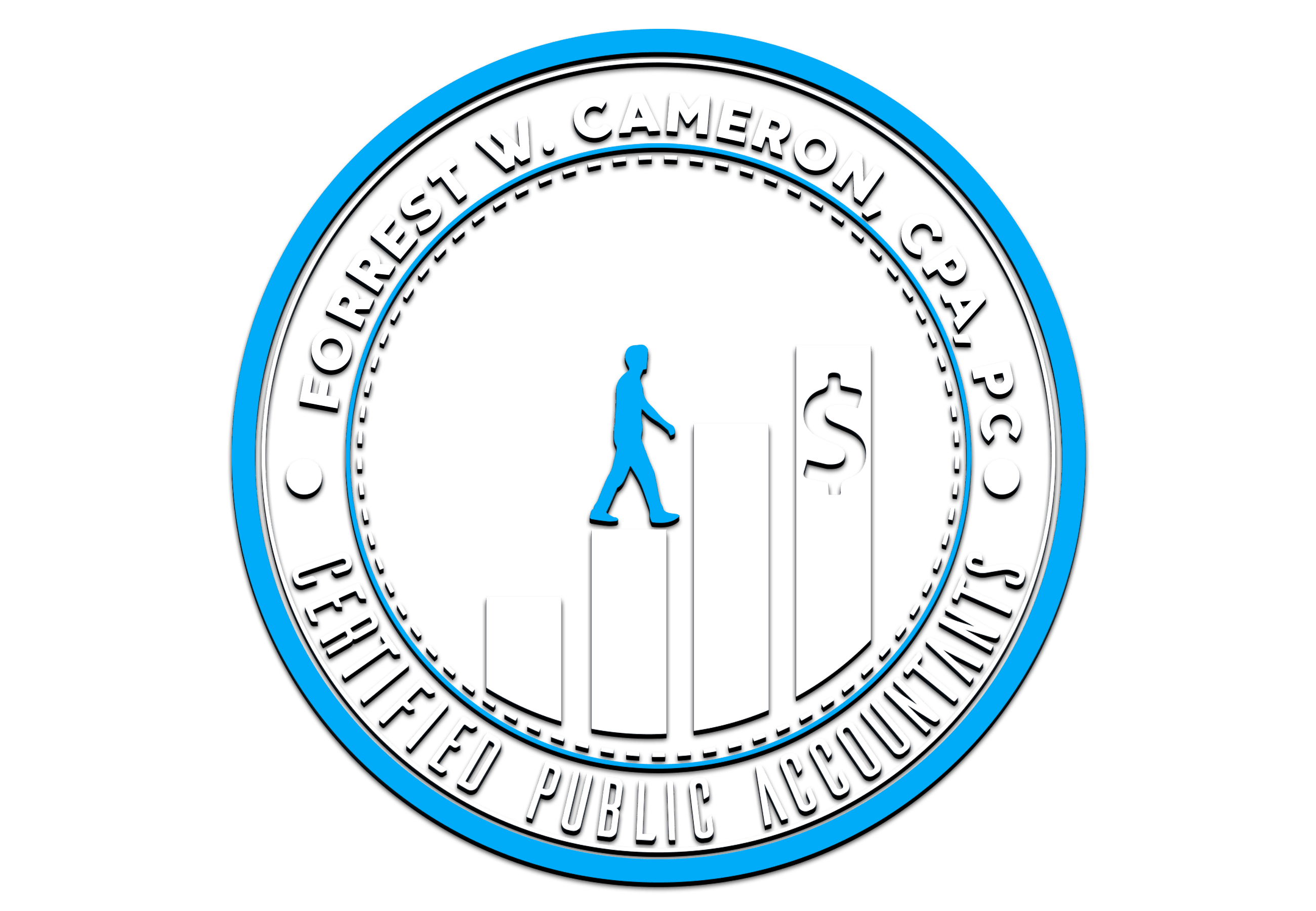
As you likely know, having your business hiring your children as W-2 employees is a great tax saving strategy.
The hire-your-child strategy works best for the Schedule C proprietorship because when the proprietor hires his or her under-age-18 child, the tax code exempts both the child and the proprietorship from payroll taxes.
That’s great for proprietorship owners who have children under age 18. But if you hire your child and operate as a corporation or your child is age 18 or older, both you and the child suffer payroll taxes.
This article gives you a strategy to avoid payroll taxes on children over age 18 and on children doing work for your corporation.
Let’s say that you could pay your child $23,225 with this strategy:
- You deduct the $23,225 in your high tax bracket.
- Your child pays $1,028 in taxes. ($12,950 standard deduction, single tax bracket 10% of $10,275)
That’s a good return on investment.
First, The Rules – Net Earnings from Self-Employment
The tax code says, “The term ‘net earnings from self-employment’ means the gross income derived by an individual from any trade or business carried on by such individual . . .”
The Supreme Court ruled that to be in a trade or business, you need to be involved with continuity and regularity and that a sporadic activity does not qualify.
Second ,Putting the Strategy in Play
If you contract with your child to perform a one-time task such as build your business website, create several business videos, assemble office furniture, or paint the office or building, your child is not in a trade or business.
Most importantly, that one-time task is not likely to make your child an employee. Make sure you don’t cross the line and make your child an employee or you will destroy the strategy.
And since this is not a trade or business and only a for-profit endeavor, you don’t want your child to incur any expenses, because the Tax Cuts and Jobs Act disallows, for tax years 2018-2025, miscellaneous itemized deductions subject to the 2 percent of adjusted gross income floor.
If you need the office painted, your best bet is to have your business buy the paint and materials.
If you mess this up, it’s likely that your child can deduct the costs of the paint and materials. But that creates paperwork for the child and possible disagreeable discussions with the IRS.
Takeaways
The one-time project can avoid having your child on the payroll, and it can give you the best of all worlds.
For example, say you are in the 40 percent federal bracket and you pay your 20-year-old college student $23,225. You deduct the $23,225 and save $9,290 on your taxes.
Your child pays $1,028 in taxes.
Think of it this way: the family unit (you and your child) saves $8,262 ($9,290 – $1,028).
